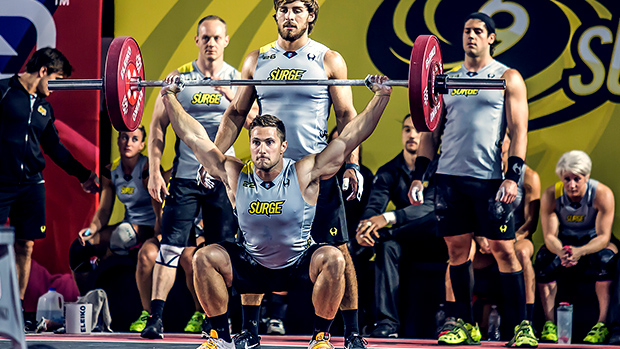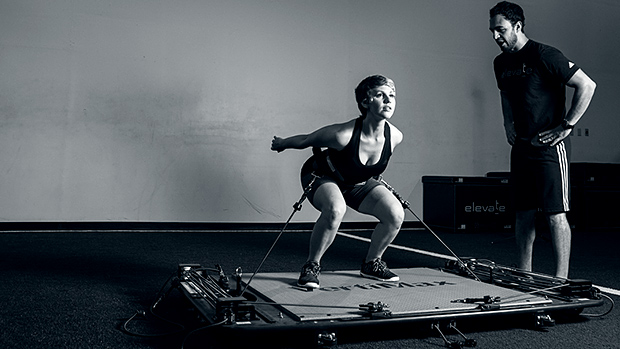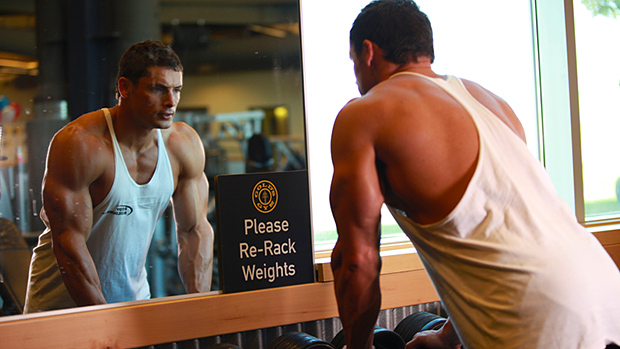When someone is in exceptional physical condition, it tells you something about what's inside his head that enabled him to become that way.
It illustrates that, for years, he's been getting out of bed early to put himself through challenging workouts, all while nobody else was watching or making him show up. It indicates a high probability that the person is self-disciplined, conscientious, and accustomed to making daily short-term sacrifices for long-term benefits.
In the military, the people who run the selections courses for tier-one special operations units like to point out that the physical characteristics that they're assessing are ways of learning about the mental makeup of their candidates. Those characteristics are much more valuable in an operator than a great four-mile run time.
The mind ultimately drives the body, and the physical tests used in these selection courses – to at least the same degree that they're evaluating actual physical ability – are a way of assessing what's inside someone's mind.
That's an important concept to remember during special operations prep training. Physical adaptations last a few weeks at best from workout to workout, but the mental patterns that those sessions are building can become a part of someone's mindset for life.
Many aspects of selection are evaluating physical and mental grit: the ability to just keep going under any number of conditions, from enduring hypothermia to running up and down sand berms until an instructor gets bored enough to say "stop."
This grit is a skill, which means that it starts with knowledge (a mental model) and is then cemented through practice. It's learned by experience. Few things are better for gaining that practical experience than physical training.





